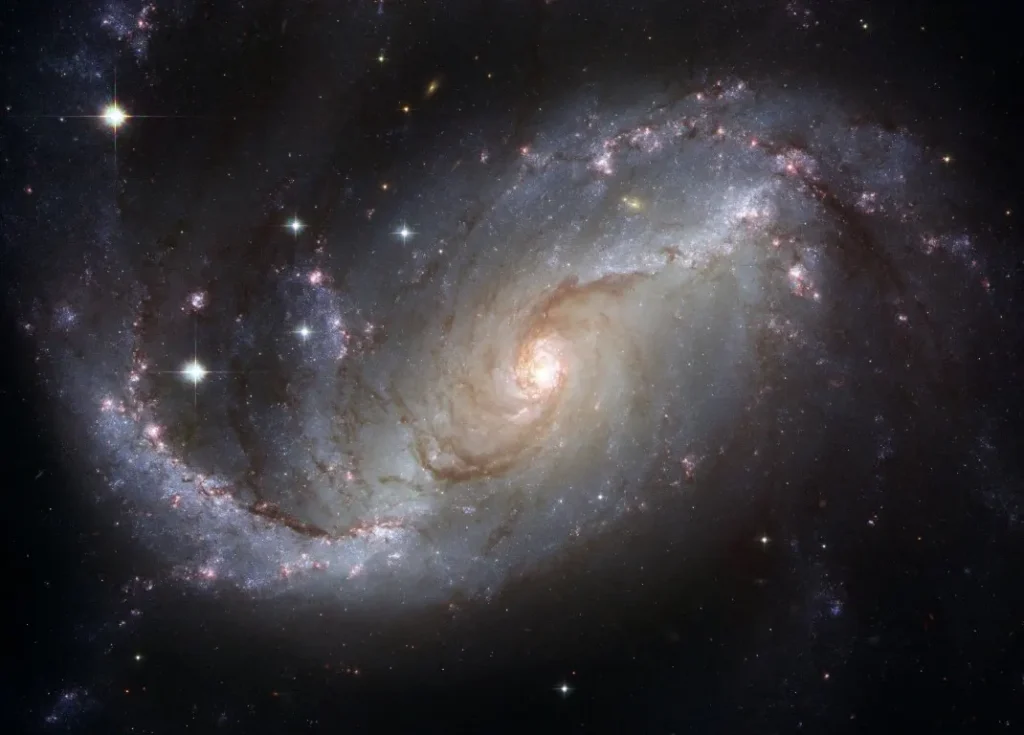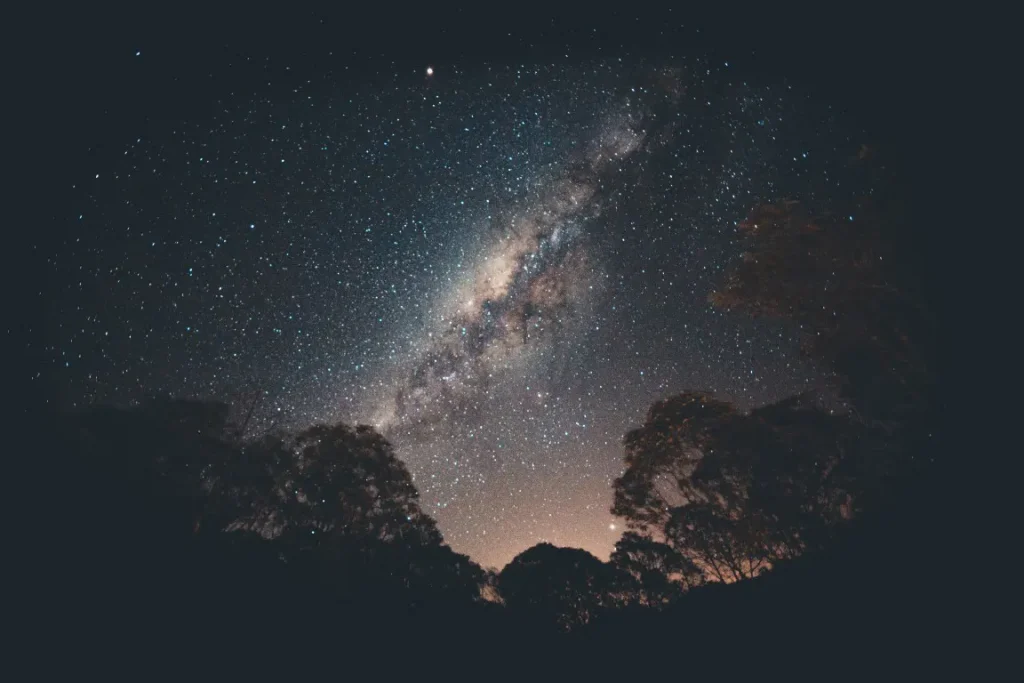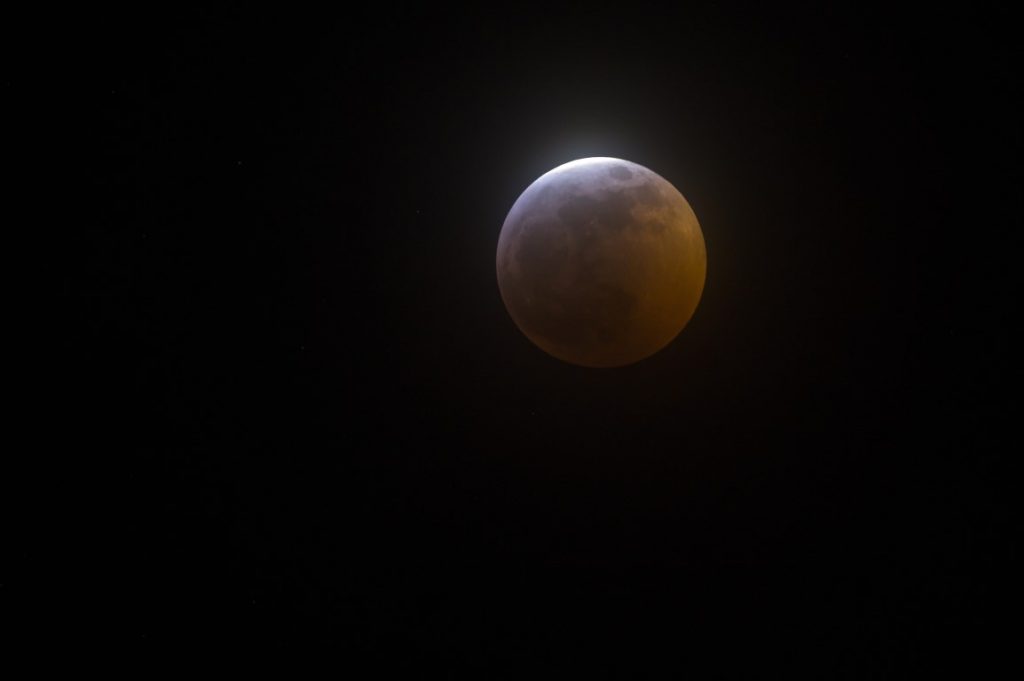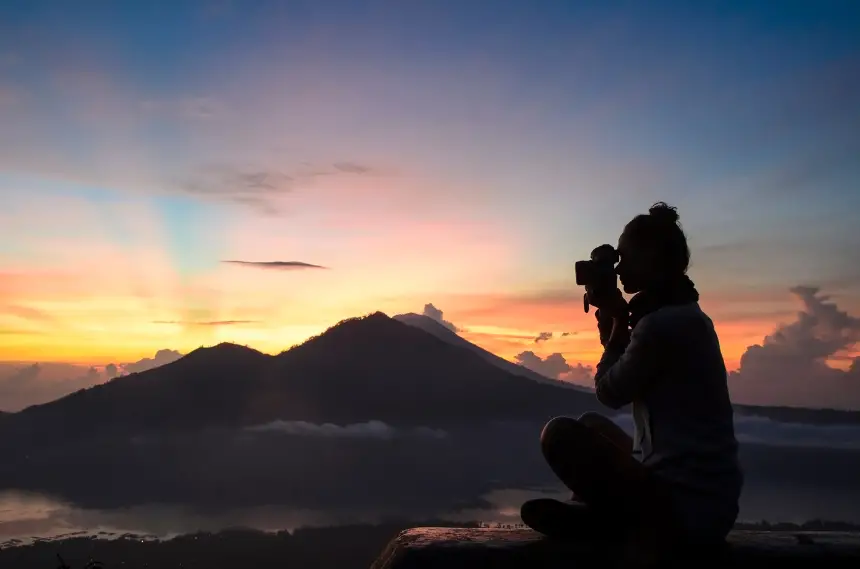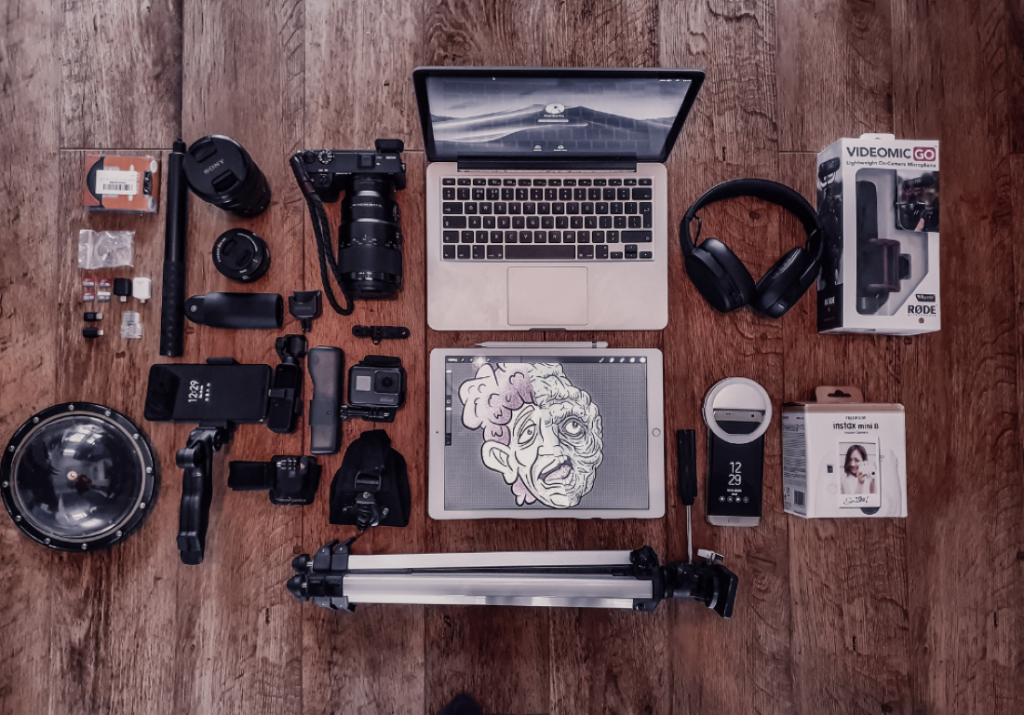
Astrophotography is a type of photography that involves capturing images of celestial objects such as planets, stars, galaxies, and nebulae.
Actually, it requires specialized equipment and techniques to capture the light emitted by these objects, which can often be very faint and difficult to detect with the naked eye.
Having the right equipment is crucial for capturing high-quality astrophotography images. Without the proper gear, it can be challenging to capture the necessary details, contrast, and colors needed to create stunning astrophotography images.
So, in this article, I will discuss the essential equipment needed for beginners to get started on their astrophotography journey.
An equatorial mount, lens, camera, auto-guiding equipment, and extra accessories are commonly included in a basic deep astrophotography equipment setup.
With the correct equipment, settings, and applications, you do not need to be an expert to take stunning night sky shots.
There are many misconceptions about astrophotography, so we have put up a short primer on how to get started and some advice for seasoned astrophotographers.
What Equipment Do We Require For Astrophotography?
For us, there is nothing better than taking pictures of the night sky using an Astro camera. It is one of the toughest to get into, and it can grow rather pricey.
Fortunately, there are now countless courses, films, and articles available on the internet to assist aspiring astrophotographers.
You do not need to spend thousands on equipment to acquire good sky shots at night, even deep-sky objects. When we first began observing the night sky, we used an old point-and-shoot camera and binoculars.
A new Smartphone will undoubtedly take better pictures than our old Point and or Shoot camera ever did; therefore, we strongly advise against starting this way.
A DSLR camera and tripod were then purchased. When we first started photographing the night sky, we used this method.
Digital Single Lens Reflex (DSLR) Cameras
In today’s market, there are many various types of digital cameras.
I use DSLRs or Mirrorless cameras for astrophotography since they are the most versatile, have a broad price range, and have giant sensors that can capture a lot of light.
In addition, you may use them to capture video clips and sports events and daylight photographs of nature, animals, and your family. Take the camera’s lens out and connect it to a telescope.
Astrophotography can be done with almost every DSLR camera manufactured in the previous several years.
Because of the high quality of today’s DSLRs, the only limiting constraint in a photographer’s ability and willingness to invest effort into their pastime will be the quality of their images.
Amateur DSLR cameras often come with a standard 18-55mm f/3.5-5.6 lens package.
Astrophotography is generally an excellent fit for these telescopes. Nikon’s older DSLRs had a few quirks that made them less than ideal for astrophotography.
The Nikon D810a is indeed a fantastic astrophotography camera if you can get it, but it costs around $3,800!
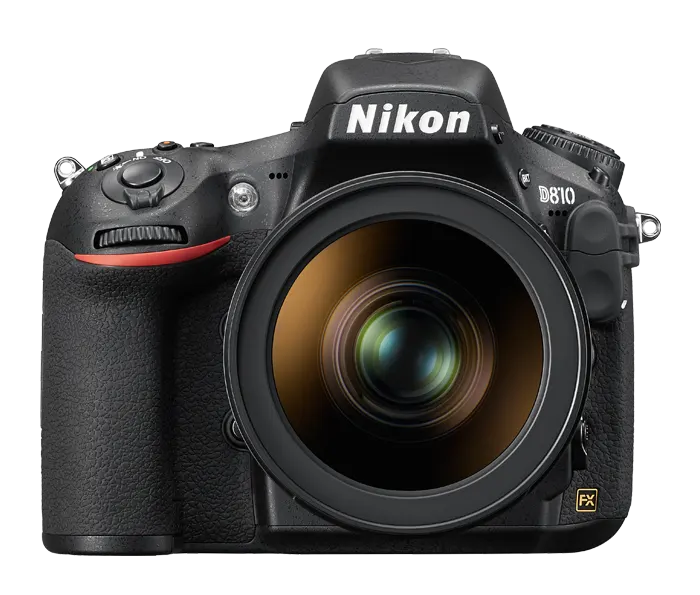
Cameras from other manufacturers like Sony have also recently received much media attention because of their high-quality images.
On the other hand, some of these cameras have peculiarities that make them unsuitable for astrophotography work. Whatever the case may be, if you already possess a DSLR, use it as a starting point.
Telescope
There is a variety of telescopes to choose from.
To observe dim celestial objects with a naked eye, many people believe that a giant telescope is preferable for visual observation since it gathers more light.
A giant telescope may be necessary for astrophotography, but just for visual work. A 65mm to 80mm telescope is the ideal choice for novice astronomers.
Buying a giant telescope means spending more money on its mounts. This magnifying power comes from the telescope’s longer focal length.
I recommend Astro-Tech AT70ED doublet Apochromatic Refractor to start your astrophoto shooting. It has a 70mm aperture, 420mm focal length, and f/6 ED doublet refractor with cost of $300.
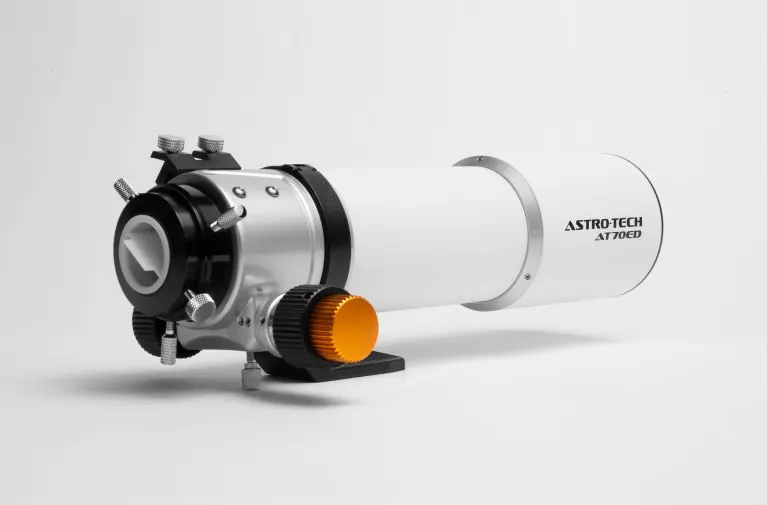
However, lengthy exposures need a more complex method, such as guiding, that a novice will not want to cope with if they are just getting started in photography.
A field flattener is also necessary if you use a different tiny refractor. A custom mount should be included with the scope you choose.
Camera lenses are usually listed by focal length, while the aperture lists telescopes. This means that a 100mm camera has a 100mm focal length and 100mm aperture.
The focal ratio of a 100mm telescope may range from 600mm to 800mm in terms of its effective focal length.
A Tripod
Long exposure photography needs a sturdy tripod to keep your camera steady. Designed to handle only your camera, these tripods are ideal. If you buy a mount, you will usually get a tripod.
Astrophotography may be begun with simply a camera & lens on a stand. The self-timer may be used to open the shutter lasting up to 30 seconds, so you would not even need a tripod.
However, if you have a tripod and a remote release, you will find it much more convenient.
IOPTRON SKYGUIDER PRO
In 2023, the iOptron SkyGuider Pro will be the excellent all-around star tracker, according to the manufacturer.
This star tracker will provide high-quality astrophotography photographs using a DSLR or mirrorless camera.
If you want to know more about budget astrophotography star tracker, I have already provide this article for you
As long as you don’t exceed the Skyguider’s 11-pound (5-kg) payload limit, you may use long lenses or even tiny telescopes for 5- or 6-minute exposures.
The polar alignment mechanism on this star tracker is excellent. The tracker’s built-in polar scope is lighted, making alignment a breeze. This tracker also comes in an iPolar variant, including a small camera to simplify polar alignment.
This tracker’s design is simple but sturdy, and it seems as though it will serve you well for many years to come.
However, the equatorial base is fragile and not up to the line with the rest of the design quality, making this tracker a disappointment.
By referring below video you can get clear idea about what is the best among all beginner equipment
Now, we know that what are the required equipment to start astrophotography as a beginners.
Then, let’s dive deep each type of equipment one by one for more understanding about them.
What Is A Good Starter Camera For Astrophotography?
- Mirrorless Canon EOS Ra Astrophotography Camera
Canon’s newest camera was built up with astrophotographers in mind.
It is a beautiful choice for someone ready to spend on astrophotography-specific equipment because of its 30x magnification of more than 30 million pixels.
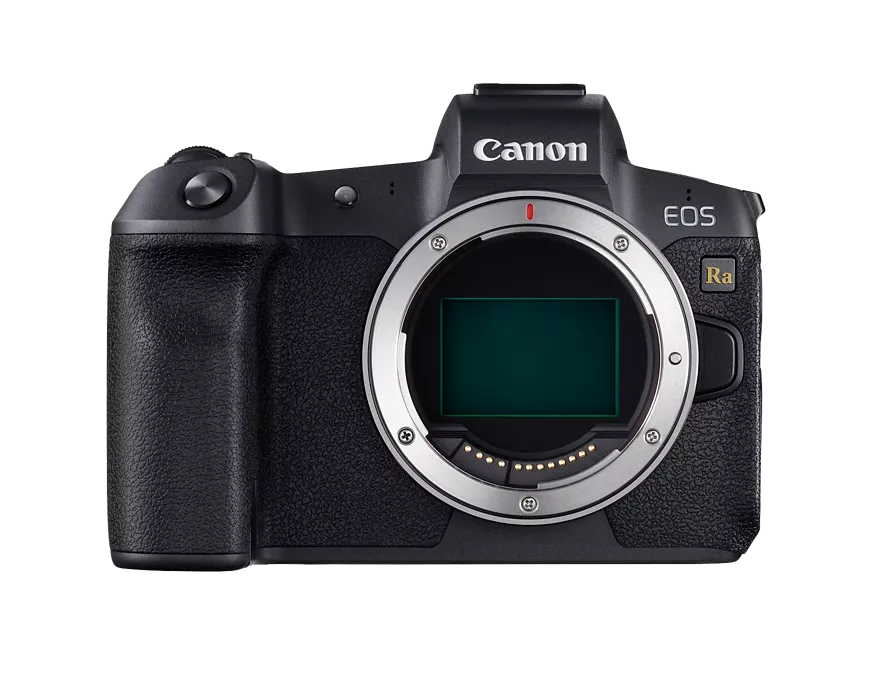
- The infrared filter allows for capturing vivid colored nebulae without extra camera equipment.
- High-precision viewfinders are available.
- Long-lasting batteries make it ideal for long-exposure astrophotography shots.
- Nikon D500 DX-Format Digital SLR
With a more compact chassis and lighter NIKKOR DX lenses, the Nikon D500 is an excellent travel camera choice.
It is more potent than other comparable cameras while still smaller and more portable.
To record up to ten frames a second, it employs an EXPEED 5 CPU that processes photos swiftly.
You may edit and transmit photographs faster with the use of a new XQD card reader technology, which is also compatible with SD cards.
Cheap Cameras For Astrophotography
- Sony a7S II ILE7SM2/B 12.2 MP E-mount
Astrophotography and other sorts of photography may be done with one multi-purpose camera utilizing this full-frame camera.
It has a wide ISO range, making it ideal for low-light photography. Image stabilization and 4K video capture are also included in the camera’s features.
With wifi, you may connect to the camera and preview or frame your photographs before shooting the picture, making it easier to transfer and share your images.
Developed with capabilities like motorized zoom control & 5-axis picture stabilization, it is compatible with all Sony E-mount lenses.
- ZWO ASI294MC
This is a dedicated astrophotography camera, unlike our other options, which may be used for other sorts of photography.
A thermoelectric cooling system removes visual noise in your astrophotography, allowing for long exposures without saturating brilliant stars.
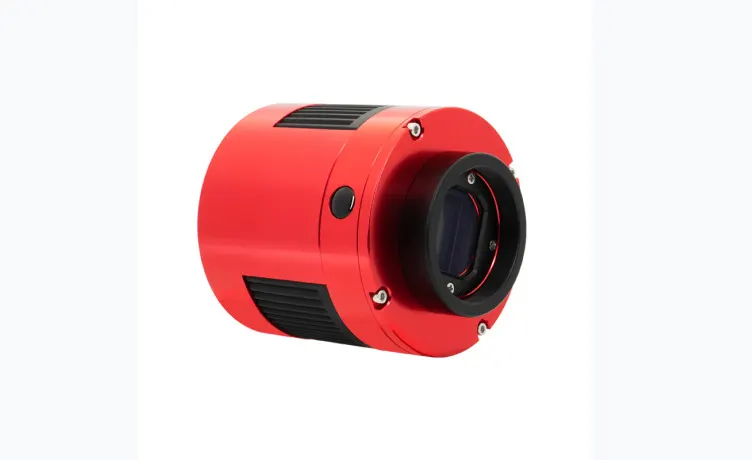
If you are looking for an astrophotography-specific camera, please remember that you will still need a separate power source, which is needed to operate the cooling, and a wireless webcam control that enables you to use the Smartphone to focus, take, and modify photographs through your phone.
Beginner Lenses For Astrophotography
- The Samyang XP 14mm f/2.4
According to the maker, this 14mm f/2.4 from Samyang’s XP line of high-end manual-focus prime lenses, both Canon & Nikon full-frame cameras, is the best for astrophotography.
It is marketed in North America as the Rokinon SP 14mm f/2.4.
The sturdy case protects the high-quality glass. Using the rubberized continuous autofocus ring provides a solid grip and a long rotating range with a smooth feel.
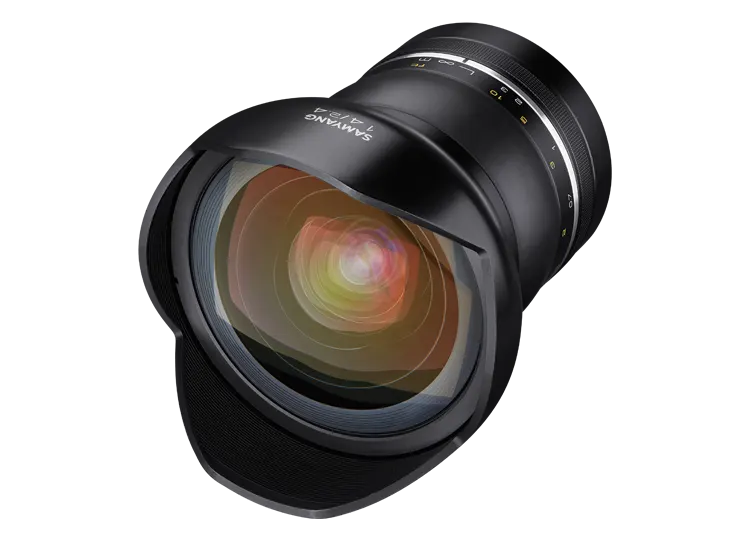
The mounting plate lacks a weather-seal ring to prevent dust and moisture from entering.
- Canon EF 24-70mm f/4-5.6 DC HSM
The Sigma 16-35mm f/2.8G ED is a direct competitor to the Canon EF 16-35mm f/2.8L USM III and the Nikon AF-S 14-24mm f/2.8G ED. In terms of picture quality and cost, it outperforms the competition.
The front element has a fluorine coating and a comprehensive set of weather seals built to last. Customization and firmware changes may be done using Sigma’s optional USB Dock.
Budget Astrophotography Lenses
- 15-30 mm f/2.8 Tamron SP
The quality and scale of astrophotography will improve with the Tamron 15-30.
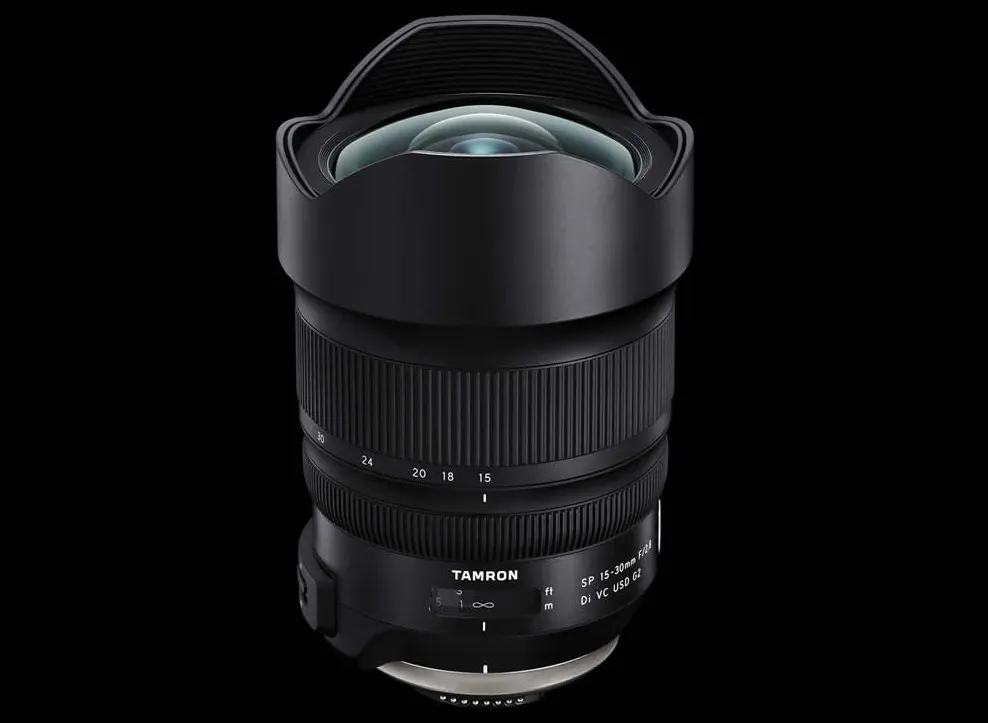
The lens adds 2.5 pounds to the camera’s weight, but it is worth it for its versatility and durability, not to mention its fantastic performance.
- f/2.4 Irix 15 mm
This upper model is best suited for cameras with full-frame sensors with manual focus, a tiny body, and excellent performance.
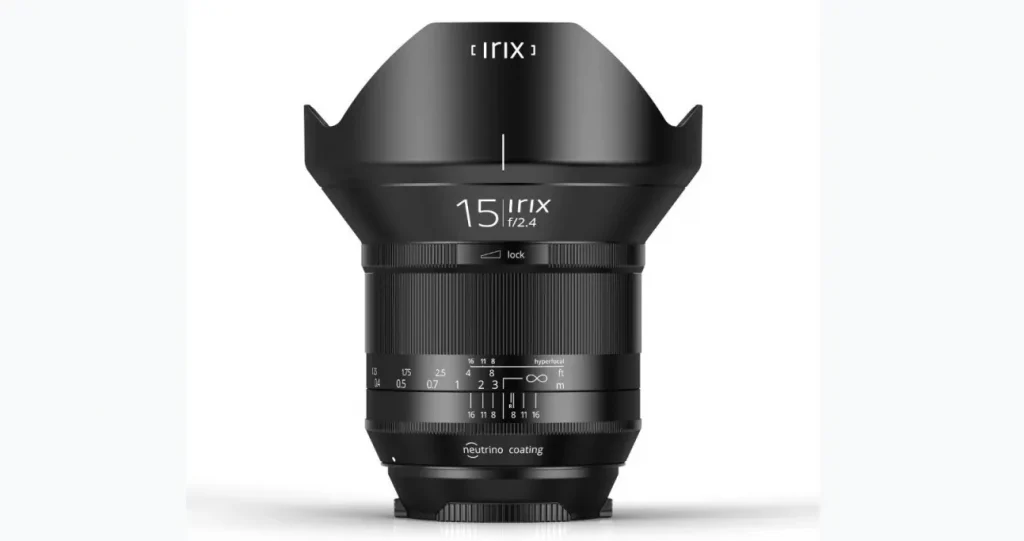
Having a fixed focal length allows for a small weight and enables you to create stunning Milky Way photos.
Beginner Astrophotography Telescopes
- Scientific ED80
For astrophotography, the Scientific ED80 telescope is an excellent choice of equipment.
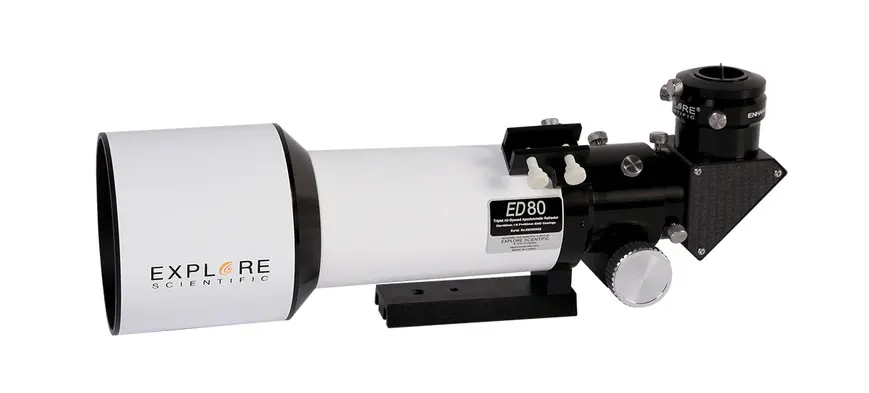
The first long-exposure deep-sky photographs, including the Orion Nebula, the North America Nebula, and the magnificent Andromeda Galaxy, were captured using this telescope.
- The Orion ED80T CF
This Explore Scientific 80mm Apo and the Orion ED80T CF are incredibly similar. They are identical but have different ED glasses in size and weight.
The Orion ED80 is a popular option for novices since it provides high-quality imagery at an affordable price.
Budget Star Trackers For Astrophotography
- IOPTRON SKYTRACKER PRO
SkyTracker Pro from iOptron expands the company’s line of lightweight astrophotography mounts. Minor, this star tracker’s sturdy build ensures accurate tracking even at more extraordinary focal lengths like 100mm.
It is possible to take one-minute exposures at this focal distance without any problems.
- STAR ADVENTURER GTI
The Sky-Watcher Stars Adventurer GTi, which debuted on the 16th of April of next year, is the newest addition to our ranking of the finest star trackers.
It’s a huge step up from previous Star Adventurer models regarding both new features and significant enhancements.
Software For Astrophotography Beginners
- GIMP
Another well-known free alternative to Photoshop is GIMP. Many individuals use it since it is free that has been around for a long time.
As a result, you will be able to easily access tutorials and instructions to assist you in learning how to utilize the programme.
- Affinity Photo
Serif Lab’s Affinity Photo is a good, low-cost alternative to Photoshop. As a bonus, you won’t have to sign up for a membership.
Post-processing for astrophotography may be as simple as using Affinity Photo. The quality of the end image is heavily dependent on the quality of the original photograph.
Portable Astrophotography Setup
Therefore, you have been utilizing a simple camera and tripod setup for a time now.
As soon as you start photographing, you will rapidly discover that the earth’s rotation is your worst opponent.
Your ability to see weak features and spherical stars will be severely hindered because every exposure will be less than 30 seconds.
- SkyWatcher Star Adventurer
How would you adjust to a more advanced setup if you were starting with a camera and a tripod?
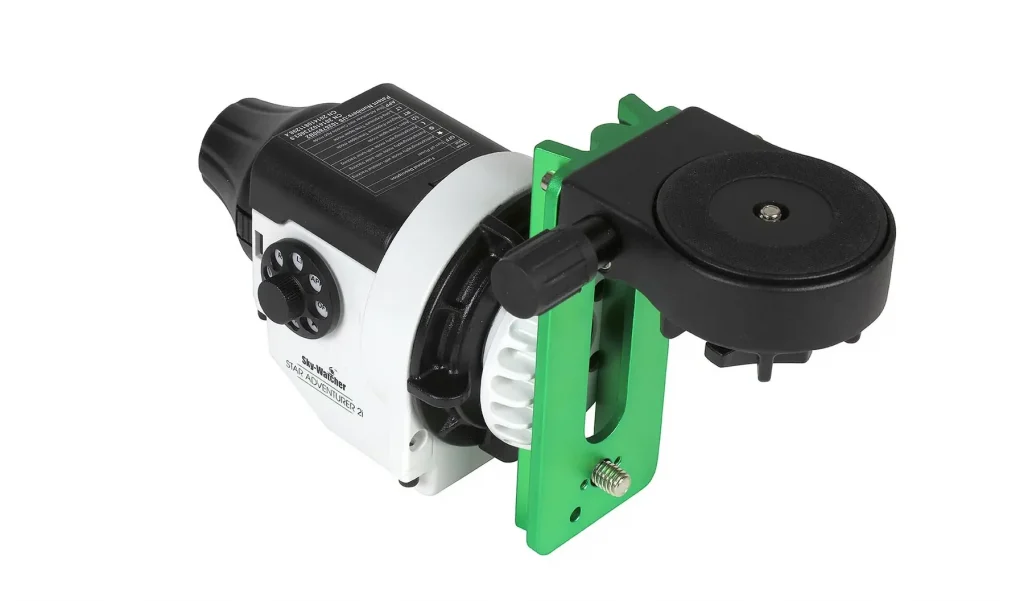
As a result, this single purchase will immediately increase your astrophotography quality.
- Computerized GEMs
Small trackers are ideal for cameras with tiny lenses, but as previously stated, they are not intended for use with telescopes.
These will not suffice if you want to use a telescope.
The GEM may be a better option than the tracker upgrade if you already have a small camera and lens setup and want to add a giant telescope in the future.
Can You Do Astrophotography With A Phone?
Apps like these may be found on Android devices as well. Attaching your Smartphone to an optical instrument like a spotter scope, glasses, or telescope is the next step in Smartphone astrophotography.
You may capture a picture of the Moon using your phone’s camera held over the eyepiece.
Best Mobile Phones With Astrophotography Mode
- Apple iPhone 14
Are you a fan of Apple products? Consider an Apple iPhone 14 Pro, a top-of-the-line Smartphone for night-sky photography, as an alternative.
Refer this video to more about Apple iPhone 14 Pro.
The Apple 14 Pro is a powerful device that can be used for astrophotography, especially with its advanced camera system and image processing capabilities.
- The Google Pixel 4 XL
In addition, even Google Pixel 4 XL, despite its age, is still an excellent astrophotography Smartphone.
There are several specific capabilities for nighttime’s photography, even though it’s two decades older than the present Google Pixel 6.
Conclusion
The art of astrophotography may be learned. The Milky Way galaxy, the next spectacular meteor shower, or even the next full Moon may be captured using a few simple techniques.
With this guide, you will learn everything you need to know about astrophotography equipment in one place! Awe-inspiring samples and professional advice have been compiled to inspire and educate you about sky photography.
Justin Parker is a professional photographer and has been in the industry since 2007. He attended the University of Georgia. Justin combines his passion for photography and his interest in writing to give life to this blog which talks about photography in order to help and inspire young photographers.

